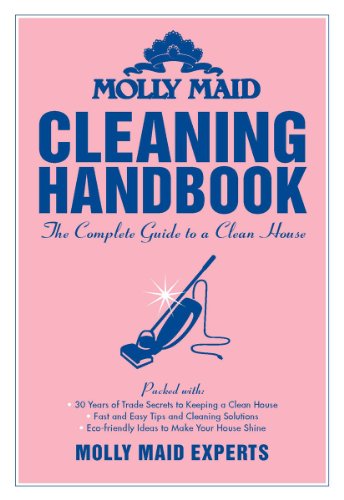
Part one: Natural remedies for treating wasp and bee stings
Confrontations with troublesome insects this summer is inevitable. For some of these pests, insect repellent is an effective deterrent. Others, however, seem perpetually bold; their stings as bad as their buzz. The professional residential cleaning experts at MOLLY MAID recommended these tips and natural remedies to help you recover from insect bites and stings this summer.
- Scrape away the stinger as soon as possible using the edge of a credit card or even your fingernail. The longer the stinger remains in your skin; the more time the poison has to enter your body. Avoid using tweezers or pinching the stinger with your fingertips. This will cause more poison to enter your body. Once you have removed the stinger, soak the area with apple cider vinegar. After you have soaked the area, dip a cotton ball into the apple cider vinegar and tape it to the bee sting. This will help relieve the redness and swelling of the area.
- To help the swelling go down, apply an ice pack to the area. Place a towel or facecloth between the ice pack and the bee sting to increase the amount of time the ice pack can remain on your skin.
- Papaya can also help neutralize the stinger venom. If you happen to have a papaya in your home, cut a small slice and place it on the sting site for about an hour. The enzymes in the fruit will help neutralize the toxins from the stinger.
- Baking soda is also a fantastic household remedy that can be used to bring relief to your bee sting. There are two ways in which you can apply your baking soda remedy. The first method consists of mixing baking soda and lotion and applying it to the infected area. The baking soda will help relieve inflammation while the lotion keeps the mixture in place. The second method consists of mixing one teaspoon of baking soda in a glass of water. Allow the baking soda to dissolve in the water then apply the mixture to the infected area with a cotton ball or facecloth. Leave the compress on the sting for about 20 minutes.
- Sugar can also help with the healing process of your bee sting. Dampen the tip of your finger with water and dab it into a bowl of sugar. Place the sugar on the sting site.
- Tea-tree oil is another natural remedy that can help reduce the swelling of your bee sting. Apply one drop of oil to the infected area several times a day until the swelling has gone down.
- Another natural remedy that can help relieve the itching of the sting site is lavender oil. Apply a couple drops of lavender oil to the infected area. Wait approximately 15 minutes for the lavender oil to take effect. If the area begins to itch again, apply two more drops to the area.
Make sure to check our blog on July 3rd for the second installment of Natural Home Remedies and learn how to treat insect bites and ticks this summer!

